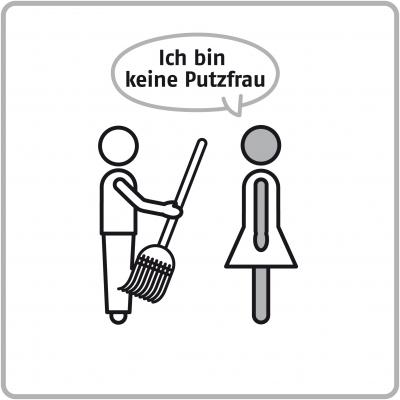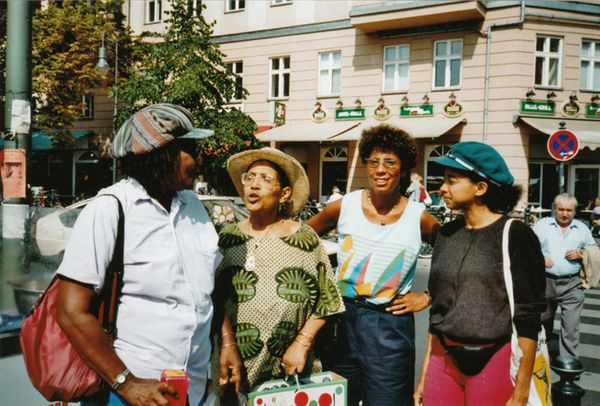
She endeavored to connect with women of the African diaspora wherever she traveled. She understood that racism wore many different faces, but would come for people of color and especially Black women no matter where they were in the world. Lorde’s time in Berlin was a project in recognition, one rooted in the Black feminist politics she practiced and advocated for over the course of her life. Thirty years after the fall of the Berlin Wall and 35 years after Lorde’s first stint in Berlin, revisiting her time and work there bears importance for our physically and ideologically divided times. After that first visit in 1984 through 1992, before and after the fall of the Berlin Wall and reunification of Germany, Lorde would spend many months and weeks in Berlin working not only as a professor, but an organizer of women along those same lines. Lorde would have been no stranger to ideological and physical division, nor what it took to work across lines of division, since her life’s work focused on breaking down barriers to, and binaries about, liberation for women, people of the African diaspora, and other marginalized groups with respect to race, class, gender, age, sexuality, ability and more. When Lorde arrived in Berlin, she found herself in a city and country divided into East and West by the Berlin Wall-a physical manifestation of ideological division.

Lorde was invited to Berlin by Dagmar Schultz, a lecturer at the Free University who met Lorde in 1980 at the UN World Women’s Conference in Copenhagen.

In 1984, Audre Lorde, a self-described “black, lesbian, mother, warrior, poet,” spent three months in Berlin teaching a poetry workshop and course in Black American women poets in English for German students at the Free University in West Berlin.


 0 kommentar(er)
0 kommentar(er)
